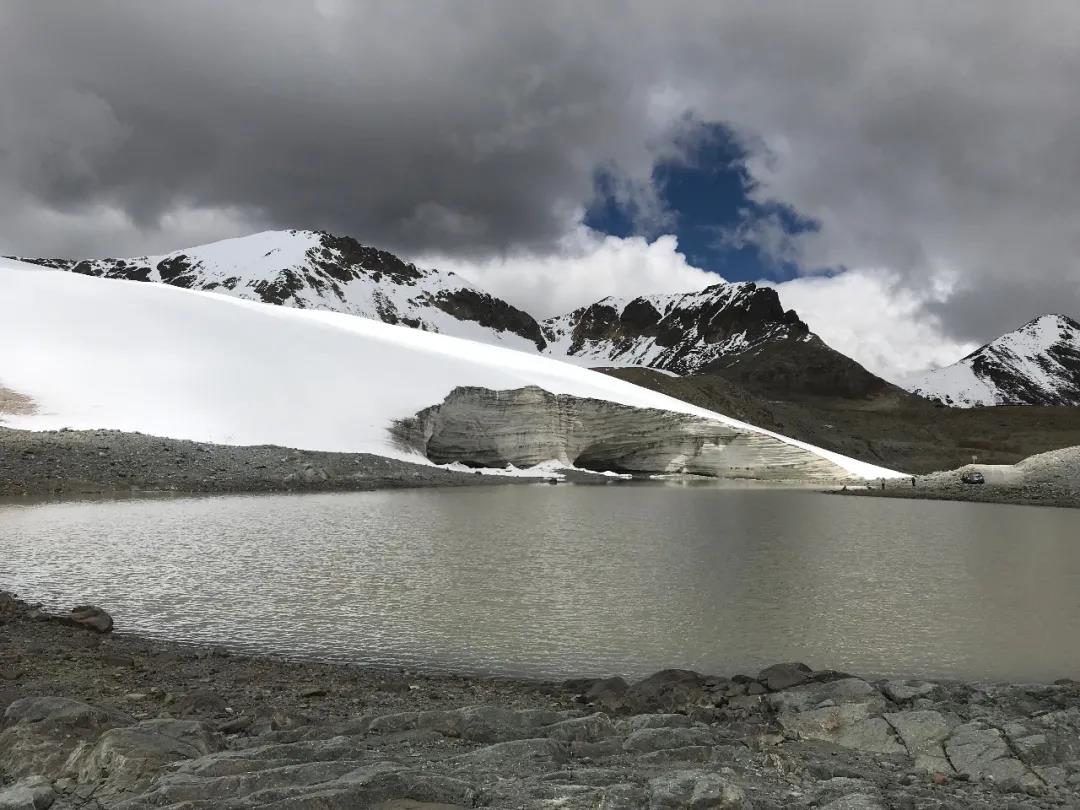LIU Jiankang, ZHANG Jiajia, GAO Bo, LI Yuanling, LI Mengyu, Wujin Duoji, ZHOU Luxu
Glacial lake outburst flood (GLOF) is one of the typical geo-hazards in Tibet, which are unexpected, large-in-scale, destructive-in-power and wide-in-impact, causing heavy loss to the lives and properties in the downstream region. To figure out the genetic feature of GLOF is a premised phase to research its formation mechanisms, early identification and risk assessment. However, due to some limitations of objective conditions, the GLOF investigation in China's Tibet is limited. To solve this problem, by methods of data collection, remote sensing and field survey, this paper has renewed GLOFs in Tibet and their basic characteristics, investigated 37 GLOFs in 33 glacial lakes included two ice-dammed lakes, drawn a high-risk zone of GLOFs in Tibet, analyzed 6 inducing factors for GLOFs in Tibet, including the ice avalanche/slide, dead ice melting, snow and ice melting, heavy rainfall, debris flow and GLOF in upstream. This investigation is aimed to provide survey result and reference for deep research on the GLOF in Tibet.
